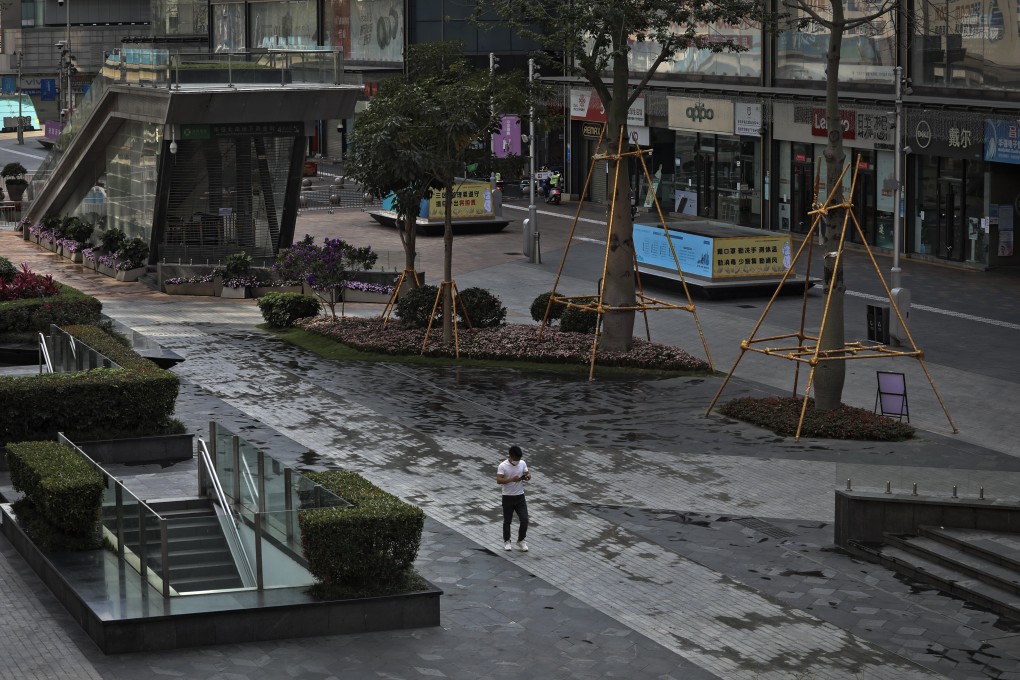Chinese tech hub Shenzhen eases lockdown restrictions in industrial districts as manufacturing resumes
- Five districts are allowed to resume operations of subways and buses, bringing workers back to the office and factory floors
- The more populous commercial districts, including Futian and Nanshan, remain under lockdown until March 20

China’s southern tech hub of Shenzhen has lifted restrictions in five districts, saying the Covid-19 outbreak is now mostly under control, as the government pledged to step up support for businesses in areas still under lockdown.
Government agencies and businesses in the districts of Yantian, Guangming, Pingshan, Dapeng and Shenshan Special Cooperation Zone, which have not reported new cases in recent days, have been able to reopen and resume production on Friday, with subways and buses back in operation.
The Shenzhen government announced the easing of lockdown measures on Thursday evening, while also promising diversified Covid-19 control measures to help companies and factories. The city’s main commercial areas remain under lockdown, which started on Monday.
Some of Shenzhen’s most populous areas, including the finance and commerce hub of Futian and the tech-oriented Nanshan district, will stay under lockdown until March 20.
The move came after Chinese President Xi Jinping on Thursday called on officials to make getting Covid-19 under control their top priority during a meeting of the Politburo, the Communist Party’s top decision-making body. Xi vowed to take more effective measures to fight the biggest surge of the disease in China since the first outbreak two years ago in Wuhan, while also minimising the impact to the economy and people’s lives.
The next step for Shenzhen is to control the pandemic with scientific and precise methods, while ensuring the stability of production and the supply chain, Huang Qiang, deputy secretary general of the Shenzhen government, said in a press conference on Friday.
Shenzhen reported 69 symptomatic cases and 36 asymptomatic cases for Thursday, which were mainly found among people in quarantine and places under restrictions. Nationwide, China logged more than 4,100 local infections for the day.